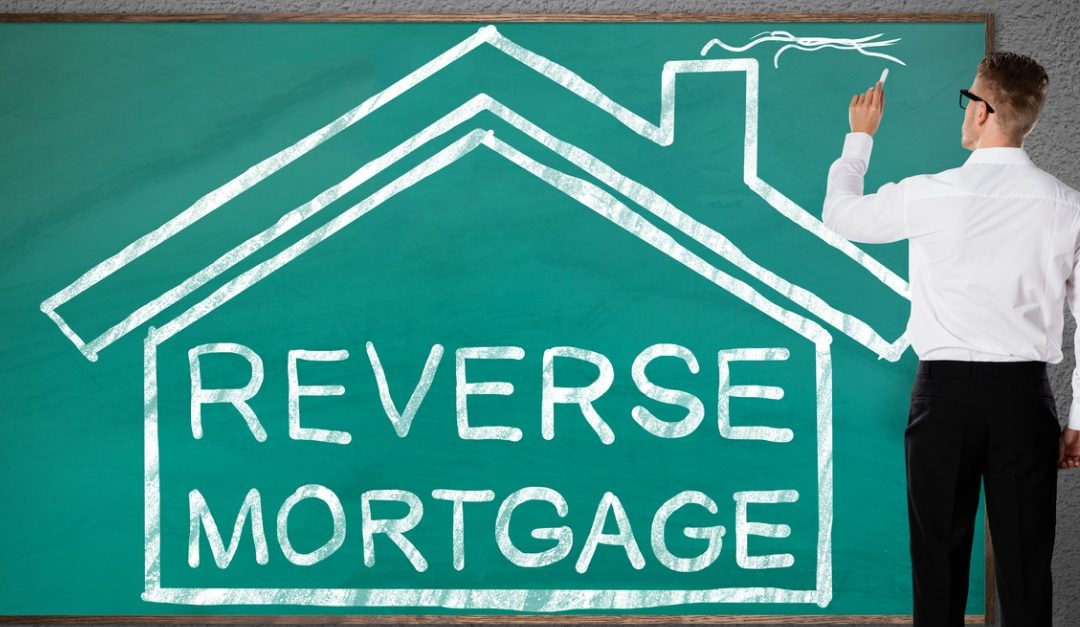Marketed to seniors as a way to help supplement their fixed income, a reverse mortgage (also known as a Canadian Home Income Plan or CHIP) may or may not be right for you come retirement if you need some help with the bills.
What is it?
At the end of the day, it is a loan, like any other mortgage. It is only available to Canadian homeowners who fully own their home (meaning their mortgage is completely paid off) who are 55 years of age or older. Their spouse or partner must also be 55 or older if they co-own the home. Through it, the lender will provide you a lump sum or regular payments up to 55 per cent of the current value of the home. Essentially, it is a cash advance registered against the title of the home like a mortgage—but no monthly payments need to be made. If the homeowner decides to sell the home, they must repay the loan and any interest. If the homeowner passes away, the bank collects the amount plus interest, and any remaining amount goes to the beneficiaries.
What are the advantages?
The main advantage is that it allows cash-strapped seniors to stay in their home and maintain ownership over it. It’s also a tax-free source of income, so it won’t affect your Old Age Security or Guaranteed Income Supplement benefits. The loan also doesn’t have to be repaid until you sell the home or pass away. The amount you owe on this loan can never exceed the value of the property.
What are the risks?
Compared to a standard loan, the interest rate on these loans is quite high, and there are other costs to consider, including application fees, closing fees, legal fees and a repayment penalty if you sell the home within three years of obtaining the mortgage. Beneficiaries will also be required to repay the loan and interest in full within a short time of the owners’ death, which increases stress during an already stressful time. It also means that your beneficiaries will receive much less due to the rapid accumulation of interest.





